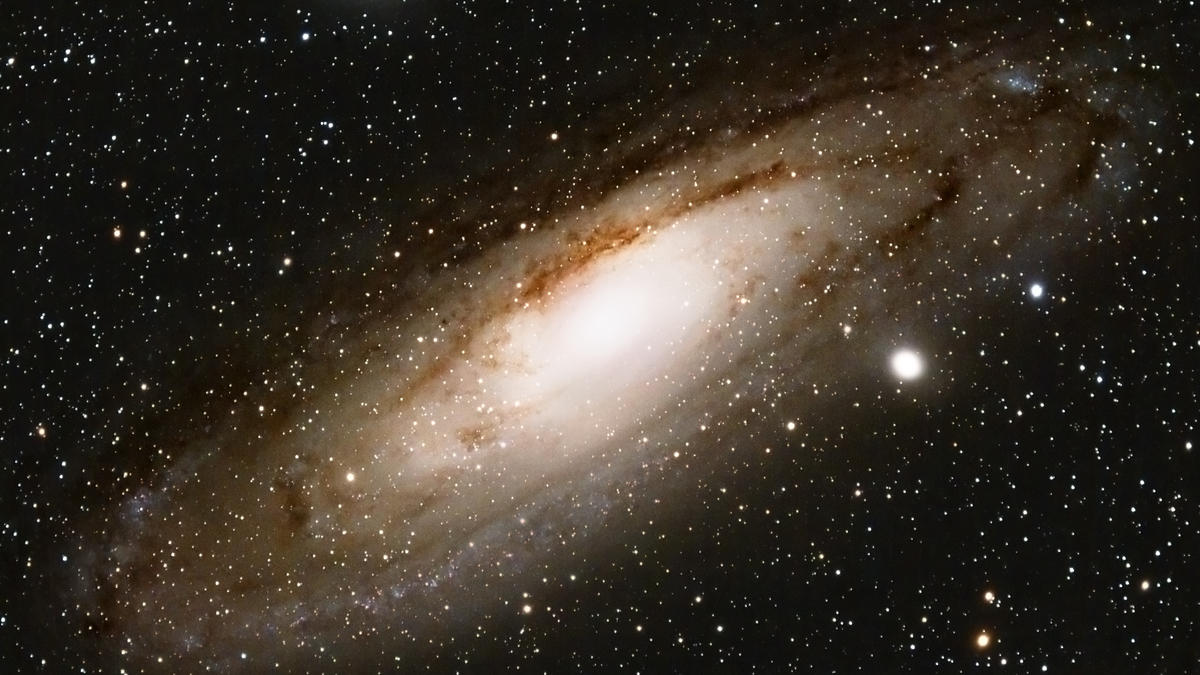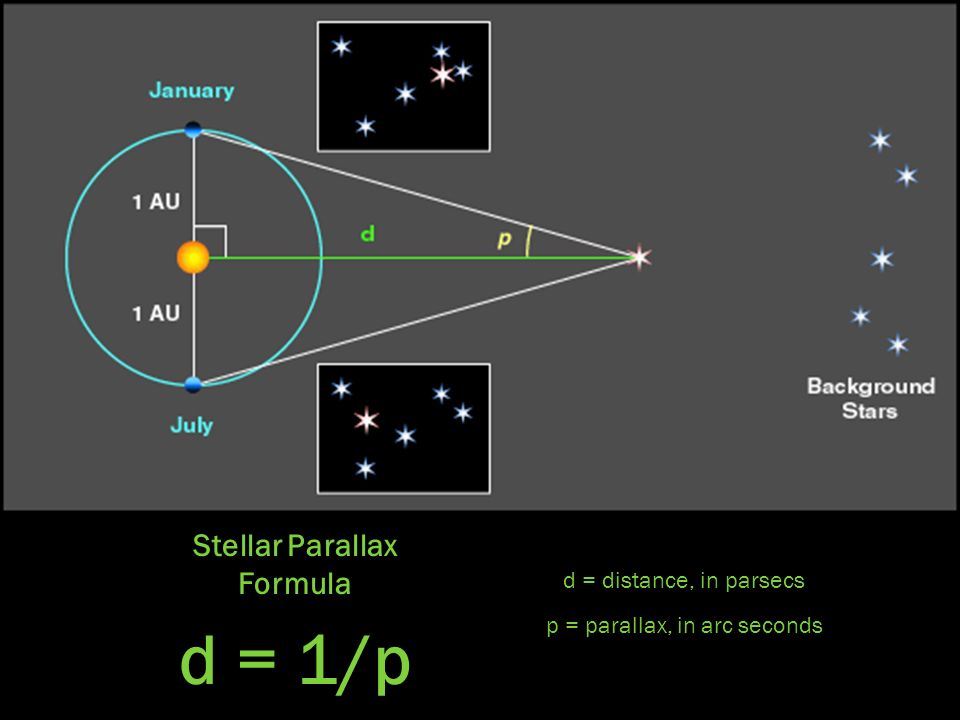

It has been calculated that Mercury will lag behind it’s current orbital position in 200 years time by 5.5 km if we continue to use today’s AU in future calculations. The official calculation is based on “k”, a constant based on the estimated constant mass of the Sun. But the mass of the Sun ain’t constant.Īs mass is lost via the solar wind and radiation (radiation energy will carry mass from the Sun due to the energy-mass relationship defined by Einstein’s E=mc 2), the value of the Astronomical Unit will increase, and by its definition, the orbit of the planets should also increase. Mars has an average orbit of 1.5AU, Mercury has an average of about 0.4AU… But how is the distance of one AU defined? Most commonly thought to be derived as the mean distance of the Sun-Earth orbit, it is actually officially defined as: the radius of an unperturbed circular orbit that a massless body would revolve about the Sun in 2Ï€/k days (that’s one year). For instance, one AU is approximately the mean distance from the Sun to Earth orbit (defined as 149,597,870.691 kilometres). The AU is commonly used to describe distances within the Solar System. So, when using the Astronomical Unit (AU), problems will begin to surface in astronomical calculations as this “universal constant” is based on the mass of the Sun… However small the mass loss, the mass of the Sun is not constant. This may seem like a lot, but when compared with the total mass of the Sun (of nearly 2Ã-10 30 kilograms), this rate of mass loss is miniscule.

As the burning giant begins a new solar cycle, it continues to lose about 6 billion kilograms (that’s approximately 16 Empire State Building’s worth) of mass per second. Our closest star is shedding material through the solar wind, coronal mass ejections and by simply generating light.
Astronomical unit calculator full#
Symbols, abbreviations, or full names for units of length,Īrea, mass, pressure, and other types.The Sun is constantly losing mass. You can find metric conversion tables for SI units, as wellĪs English units, currency, and other data.
Astronomical unit calculator iso#
The International Astronomical Union recommends "au" and international standard ISO 31-1 uses "AU".Ĭonversion calculator for all types of measurement units. The symbol "ua" is recommended by the Bureau International des Poids et Mesures, but in the United States and other anglophone countries the reverse usage is more common.

The currently accepted value of the AU is 149 597 870 691 ± 30 metres (about 150 million kilometres or 93 million miles). It is approximately equal to the mean distance between the Earth and Sun.

On this site, we assume that if you only specify 'mile' you want the statute mile. There are more specific definitions of 'mile' such as the metric mile, statute mile, nautical mile, and survey mile. Today, one mile is mainly equal to about 1609 m on land and 1852 m at sea and in the air, but see below for the details. You can do the reverse unit conversion fromĪstronomical unit to miles, or enter any two units below: Enter two units to convert From:Ī mile is any of several units of distance, or, in physics terminology, of length.


 0 kommentar(er)
0 kommentar(er)
